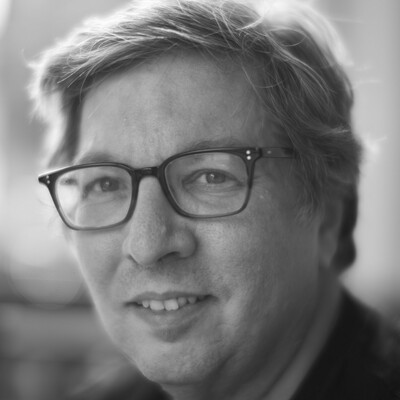
@[email protected] Rodenstock is, unfortunately, pretty much the only game in town left for high resolution medium format view camera lenses (eg, with enough coverage to support movements). Schneider and Nikon both left that market a while back. Fortunately, the lenses are quite good, but it would be great if they had some competition.


Here it is from a higher angle (just now, got a window seat for a change)